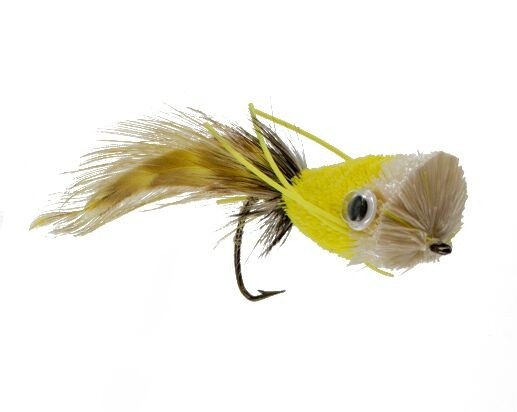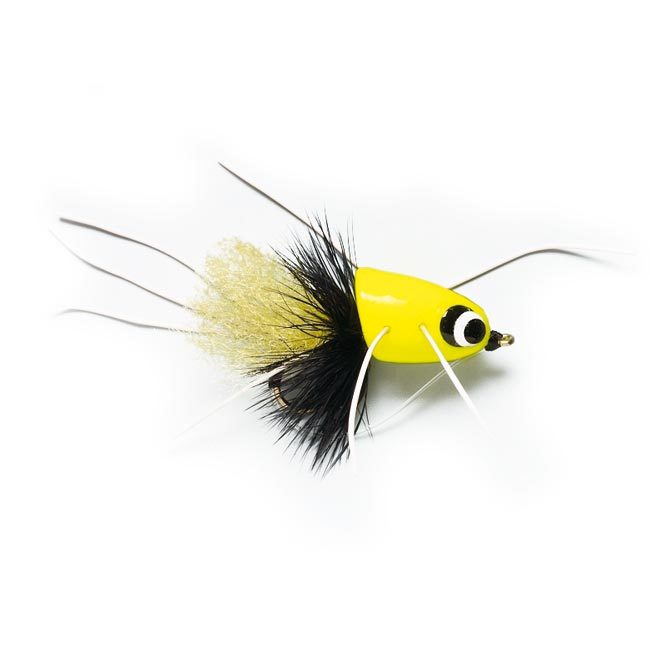People are telling me all the time that they don’t fly fish very often because they don’t have anyplace to go. I know as well as anyone that there are an endless number of things that keep us from fishing as often as we’d like, but not having a place to go should never be one. While you may not have a world-class trout stream in your backyard, or even in your state, there are plenty of other alternatives. You may just have to get a little creative.

For instance, almost every city has some sort of park or green space with a pond. These can be productive little fisheries, typically containing bass, carp, catfish and some sort of variation(s) of sunfish. They are a lot of fun to fish and at the very least, they will keep your casting skills and fishing instincts sharp between fly fishing vacations.
If you’re really lucky, you’ll find a friend who has a farm pond. These provide all of the same benefits as those city ponds but without all of the people. I had access to one when I lived in Kentucky that I fished three or four times a week. Sunfish like bluegill will readily take a fly and fight as hard as any fish I know. And a big bass boiling on your surface bug at dusk is a tough thing to beat.

It helps to know what fish are in the pond when deciding what gear to use. You can effectively fish for bluegill with the same outfit you use for trout. A number of small to medium topwater terrestrials will work well. Small popping bugs are a good choice, too. They’ll eat trout flies but they’ll tear them up in a hurry. Therefore, I’d recommend more durable foam or hard-body flies.
As exciting as it is to catch those bluegill up top, I often catch the biggest ones below the surface. Wooly Buggers are productive, as are a large variety of rubber-leg nymphs. However, if you want to get a little more specific about imitating their food source, try crayfish patterns and damsel and dragonfly nymphs. They tend to be attracted to brighter colors. An old fashion Green Weenie has been one of my favorite subsurface flies for bluegill. As a matter of fact, fishing a Green Weenie as a dropper off a popping bug can be very productive.

Bass will eat many of the same flies as mentioned above, but big bass are often looking for a little more of a mouthful. A variety of streamer patterns can take bass in ponds and are always a good choice. But I love getting them on the surface when I can. Large hard-body poppers and sliders and spun deer hair bugs are a blast to fish with. However, these larger flies are very difficult to cast with a light trout outfit. If you do much of this type of fly fishing, I’d recommend picking up an 8-weight.
When fishing ponds, look for structure like rock piles and tree stumps. Also, these fish like the edges of things. Cast to shadow edges and the edges of shallow and deep water. In addition, during summer months, expect better fishing early and late in the day.








